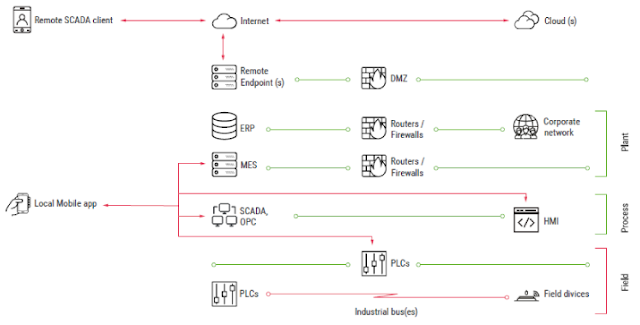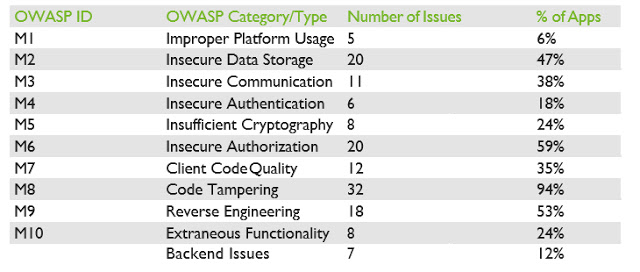There are many tiny elements to cryptocurrency that are not getting the awareness time they deserve. To start, the very thing that attracts people to cryptocurrency is also the very thing that is seemingly overlooked as a challenge. Cryptocurrencies are not backed by governments or institutions. The transactions allow the trader or investor to operate with anonymity. We have seen a massive increase in the last year of cyber bad guys hiding behind these inconspicuous transactions – ransomware demanding payment in bitcoin; bitcoin ATMs being used by various dealers to effectively clean money.
Because there are few regulations governing crypto trading, we cannot see if cryptocurrency is being used to fund criminal or terrorist activity. There is an ancient funds transfer capability, designed to avoid banks and ledgers called Hawala. Hawala is believed to be the method by which terrorists are able to move money, anonymously, across borders with no governmental controls. Sound like what’s happening with cryptocurrency? There’s an old saying in law enforcement – follow the money. Good luck with that one.
Many people don’t realize that cryptocurrencies depend on multiple miners. This allows the processing to be spread out and decentralized. Miners validate the integrity of the transactions and as a result, the miners receive a “block reward” for their efforts. But, these rewards are cut in half every 210,000 blocks. A bitcoin block reward when it first started in 2009 was 50 BTC, today it’s 12.5. There are about 1.5 million bitcoins left to mine before the reward halves again.
This limit on total bitcoins leads to an interesting issue – as the reward decreases, miners will switch their attention from bitcoin to other cryptocurrencies. This will reduce the number of miners, therefore making the network more centralized. This centralization creates greater opportunity for cyber bad guys to “hack” the network and wreak havoc, or for the remaining miners to monopolize the mining.
At some point, and we are already seeing the early stages of this, governments and banks will demand to implement more control. They will start to produce their own cryptocurrency. Would you trust these cryptos? What if your bank offered loans in Bitcoin, Ripple or Monero? Would you accept and use this type of loan?
Because it’s a limited resource, what happens when we reach the 21 million bitcoin limit? Unless we change the protocols, this event is estimated to happen by 2140. My first response – I don’t think bitcoins will be at the top of my concerns list in 2140.
The Interconnected Home
So what does crypto-mining malware or mineware have to do with your home? It’s easy enough to notice if your laptop is being overused – the device slows down, the battery runs down quickly. How can you tell if your fridge or toaster are compromised? With your smart home now interconnected, what happens if the cyber bad guys operate there? All a cyber bad guy needs is electricity, internet and CPU time. Soon your fridge will charge your toaster a bitcoin for bread and butter. How do we protect our unmonitored devices from this mineware? Who is responsible for ensuring the right level of security on your home devices to prevent this?
Smart home vulnerabilities present a real and present danger. We have already seen baby monitors, robots, and home security products, to name a few, all compromised. Most by IOActive researchers. There can be many risks that these compromises introduce to the home, not just around cryptocurrency. Think about how the interconnected home operates. Any device that’s SMART now has the three key ingredients to provide the cyber bad guy with everything he needs – internet access, power and processing.
Firstly, I can introduce my mineware via a compromised mobile phone and start to exploit the processing power of your home devices to mine bitcoin. How would you detect this? When could you detect this? At the end of the month when you get an electricity bill. Instead of 50 pounds a month, its now 150 pounds. But how do you diagnose the issue? You complain to the power company. They show you the usage. It’s correct. Your home IS consuming that power.
IOActive has proven these attack vectors over and over. We know this is possible and we know this is almost impossible to detect. Remember, a cyber bad guy makes several assessments when deciding on an attack – the risk of detection, the reward for the effort, and the penalty for capture. The risk of detection is low, like very low. The reward, well you could be mining blocks for months without stopping, that’s tens of thousands of dollars. And the penalty… what’s the penalty for someone hacking your toaster… The impact is measurable to the homeowner. This is real, and who’s to say not happening already. Ask your fridge!!
What’s the Answer – Avoid Using Smart Home Devices Altogether?
In the meantime, consider the entry point for most cyber bad guys. Generally, this is your desktop, laptop or mobile device. Therefore, ensure you have suitable security products running on these devices, make sure they are patched to the correct levels, be conscious of the websites you are visiting. If you control the available entry points, you will go a long way to protecting your home.




